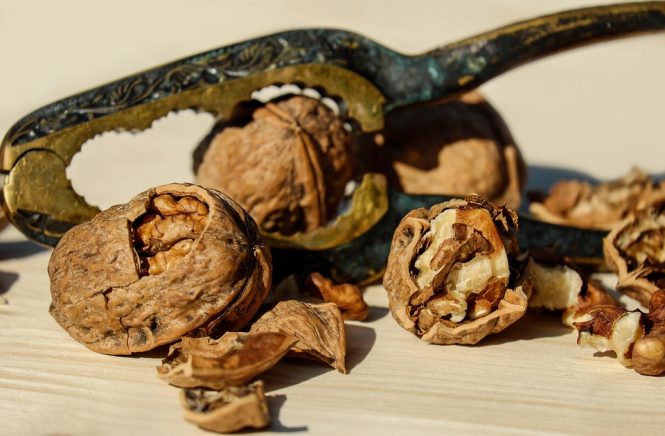
The Soaking Truth: How This Simple Step Can Revolutionize Your Plant-Based Diet
As the world continues to shift towards a more plant-based lifestyle, individuals are constantly seeking ways to optimize their diet and unlock the full potential of the foods they eat. One simple yet powerful step that can revolutionize your plant-based diet is soaking. Soaking is an ancient practice that involves submerging foods, particularly grains, seeds, and legumes, in water to enhance their nutritional value and digestibility. In this article, we will delve into the benefits of soaking and explore how this simple step can transform your plant-based diet.
The Benefits of Soaking
Soaking is more than just a simple step in food preparation; it is a game-changer for plant-based enthusiasts. By soaking foods, you can:
- Activate enzymes: Soaking activates enzymes that break down complex compounds, making nutrients more accessible to the body.
- Reduce phytates: Phytates are compounds that can inhibit the absorption of essential minerals like zinc, iron, and calcium. Soaking helps to reduce phytate levels, allowing for better nutrient absorption.
- Increase bioavailability: Soaking increases the bioavailability of nutrients, making it easier for the body to absorb and utilize them.
- Improve digestibility: Soaking can help to break down difficult-to-digest compounds, reducing the risk of digestive issues like bloating, gas, and stomach discomfort.
- Enhance flavor and texture: Soaking can help to rehydrate foods, making them more palatable and enjoyable to eat.
Foods That Benefit from Soaking
While soaking can be beneficial for a wide range of foods, some of the most notable benefits are seen in:
- Legumes: Beans, lentils, and chickpeas are all excellent candidates for soaking. Soaking can help to reduce phytate levels and improve digestibility.
- Grains: Brown rice, quinoa, and oats can all benefit from soaking, which can help to activate enzymes and increase bioavailability.
- Seeds: Chia seeds, flaxseeds, and hemp seeds are all high in phytates, making soaking an essential step in preparing these foods.
- Nuts: Soaking nuts like almonds and cashews can help to reduce phytate levels and improve digestibility.
How to Soak Your Way to a Better Plant-Based Diet
Soaking is a simple and straightforward process that can be incorporated into your daily routine. Here are some tips to get you started:
- Choose the right water: Use filtered or spring water to soak your foods, as tap water may contain impurities that can affect the soaking process.
- Soak for the right amount of time: The soaking time will vary depending on the food being soaked. Generally, soaking times range from 30 minutes to 12 hours.
- Rinse and drain: After soaking, rinse and drain the foods to remove any excess water and impurities.
- Experiment with soaking times: Find the optimal soaking time for each food to achieve the best results.
Conclusion
Soaking is a simple yet powerful step that can revolutionize your plant-based diet. By incorporating soaking into your daily routine, you can unlock the full potential of the foods you eat, enhance nutrient absorption, and improve overall digestive health. Whether you’re a seasoned plant-based enthusiast or just starting out, soaking is an essential step that can take your diet to the next level. So, go ahead and give soaking a try – your body (and taste buds) will thank you!